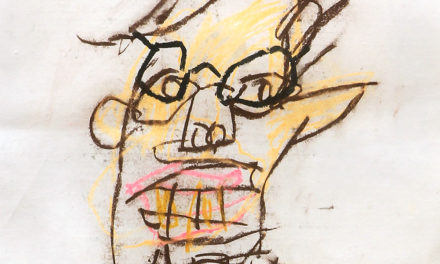 Peter Selz
Peter Selz
The art historian, professor, and writer, Peter Selz, was born in Munich, Germany in 1919. After leaving Germany and the beginning of Hitler’s rise to power in 1936 Selz went on to study at the University of Chicago. In 1958 Peter Selz became the youngest hired curator of painting and sculpture at the Museum of Modern Art. The exhibits he curated at the MoMA included Francis Bacon, Richard Diebenkorn, Jean Dubuffet, Leon Golub, Balcomb Greene, Willem de Kooning, James McGarrell, Nathan Oliveira, and Jackson Pollock. Selz, a champion of Modern Art in a period where Pop Art was becoming the latest trend, was dubbed
“Mr. Modern Art”
by the New York Times. One of the most notable exhibits curated by Selz, was Jean Tinglueys, “Homage to New York,” a self-destructive sculpture that performed for 27 minutes.
After seven years at the MoMA, Selz moved to California in 1965 and became the founding director of the Berkeley Art Museum at the University of California, Berkeley. Selz ignored the budding movements of Pop and Contemporary art, and instead showcased West Coast Funk artists, like ceramic artists Peter Voulkos and Robert Arneson.
Peter Selz later became project director for Christo’s Running Fence, the 24.5-mile long billowing fabric fence that ran over the Marin County hills in 1976.
Author of “German Expressionist Painting” (1957), “Art in a Turbulent Era” (1965), “Art in Our Times” (1981), “Harold Paris” (1972), “Ferdinand Hodler” (1972), “Sam Francis” (1975), and numerous exhibition catalogs, including “Funk” (1967), “German and Austrian Expressionism” (1978), and “Two Decades of American Painting, 1920-1940” (1979).




